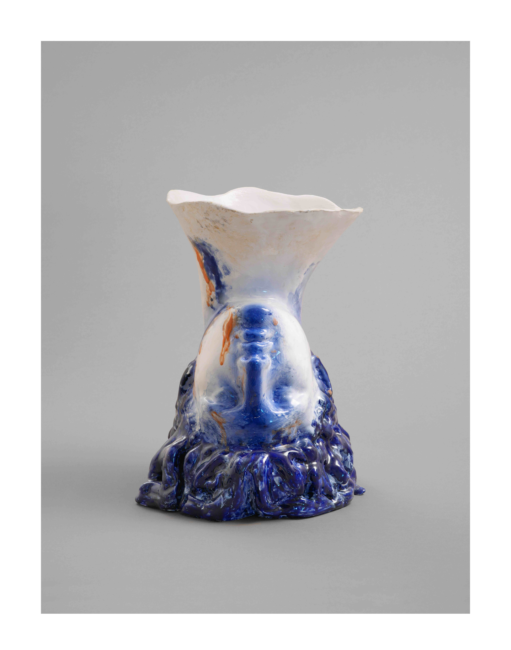
A couture series: Cristóbal Balenciaga.
10 December 2024
Written and directed by Spanish filmmaking trio Jon Garaño, Jose Mari Goenaga and Aitor Arregi, the six-episode series on Disney+ tells the artistic and intimate story of Basque couturier Cristóbal Balenciaga (1895-1972), from his arrival in the French capital in 1937 to the closure of his fashion house in the tumultuous year of 1968.
Built around one of the few retrospective interviews he conceded to British Times journalist Prudence Glynn after the closure of his house, it opts for a rather austere aesthetic, far removed from the tumultuous frescoes that cinema and television have recently seized upon with other major couture figures. It shows hard work rather than genius, and prefers doubt to dazzling certainty. This patient journey may not seem as flamboyant as that of Coco Chanel or Yves Saint-Laurent, but it’s no less instructive, bringing us closer to couture in its highest sense. Through Spanish actor Alberto San Juan’s inward-looking performance, we enter with delicate touches into the intimacy of a couture goldsmith who was extremely meticulous from the outset, keen to maintain control over the entire creative process. His complex personality is revealed in a portrait that is not always flattering: the couture prodigy often appears as an icy monolith, plunging his workshops and shows into monastic silence, while a certain coldness characterizes his political and social stance (he seems unmoved by the fate of his seamstresses, who find themselves unemployed when he retires in 1968).
However, Balenciaga established himself as a couturier in a class of his own, one of the only ones to really know how to sew a garment from start to finish, while the others confined themselves to drawing. He has risen above the fray, working without respite or compromise, gradually finding his identity and renewing himself with each new collection. He experimented incessantly, from his “infantes” dresses to the “tonneau” line of the 1940s, his “baby doll” and “peacock tail” dresses in the 1950s and his “sack” dresses.
One of the major assets of this series is the visibility it gives to the creations themselves, supervised by German film costume designer Bina Daigeler, who worked from the Balenciaga archives to reproduce each piece almost identically. Beyond the figure of Balenciaga, the series also provides an insight into the workings of a haute couture house, from the collaboration with the seamstresses to the artistic and financial management, while creation remains dependent on economic and political contingencies – in this case, the Second World War, from which Balenciaga emerged quite skilfully, since he sourced his fabrics in Spain and was thus able to keep his house open. Over the course of these well-documented but somewhat academic episodes, we discover the emulation between the different haute couture houses, particularly that of Christian Dior, with whom he maintained a relationship of mutual esteem and competition. Coco Chanel and Dior realized early on that they needed to communicate – in other words, make their clothes desirable, sell images and dreams – while Balenciaga abhorred publicity and was reluctant to expose herself publicly. While he does make a few concessions to communication, he remains fiercely independent and secretive. Few couturiers can boast of having led an entire career with such radical choices, yielding so little to what would become the majority system of ready-to-wear and luxury. However, in 1968, he took a detour into ready-to-wear when he was commissioned by Air France to design uniforms for its flight attendants – a perilous experience, the genesis of which is recounted in one of the episodes. Balenciaga’s proposal was sharply criticized as unsuited to the work of staff whose movements were restricted; the practicality of the uniform was less important than the elegance of its design. A couture aristocrat, he admits that he wasn’t made to dress street people. The social upheaval of 1968 and the rise of prêt-à-porter precipitated the closure of his house, confirming his status as one of the “haute couture” designers.
————————————————————-
Further information: Marie-Andrée Jouve, Cristóbal Balenciaga, éditions du Regard, 2023. / Igor Uria, Fashion and heritage: Cristóbal, Fundación Cristóbal Balenciaga, 2020. / Marie-Andrée Jouve, Balenciaga, éditions Assouline, coll. “Mémoire de la mode”, 2014. / https://www.cristobalbalenciagamuseoa.com/fr/decouvrir/cristobal-balenciaga/




